
At some point in our lives, we all experience a headache. There are some people who get headaches quite frequently, and others who very rarely experience one. If you find that you’re getting headaches on a regular basis, it’s definitely worth your time to find out why and what you can do about it. Did you know there are different types of headaches, and different causes and treatments for each? Let’s look at each.
Tension headaches
This type is quite common and it’s likely that you’ve experienced this at one point or another. Tension headaches are often felt as a dull pain throughout the head, especially through the forehead, behind the eyes, at the base of the neck, and even in the jaw and cheeks. Tension headaches usually last from 30 minutes to several hours and you should be able to proceed with your daily life, albeit with some adjustments. Tension headaches are often attributed to a decrease in blood flow to the head due to increased muscular tension and restriction through the neck, head, face, and jaw; usually triggered by stress, anxiety, dehydration, lack of movement, poor sleep, abnormal posture, and eye strain. Some gentle to moderate pressure massage along with stretching and mobilizations will often ease the tension and give you relief. If you can’t get in for a massage right then, you can massage the muscles of your neck, shoulders, and face yourself, or have a friend or family member help. Light exercise and stretching can also help, along with over the counter pain medications and anti-inflammatories such as ibuprofen, acetaminophen, and aspirin. If you find that you’re experiencing tension headaches often, regular massage sessions can help to decrease the frequency.
Migraines
While many people claim to experience frequent migraines, these are often confused with severe tension headaches. The true differentiating factor is the neurological symptoms associated specifically with a migraine. While tension headaches, especially when severe, can be debilitating and very painful, they come without the neurological symptoms associated with a migraine. A migraine not only causes severe pain in the head, neck, and face, but is often accompanied by an abnormal sensitivity to light, sound, and smell, along with nausea and vomiting. About a third of migraine sufferers experience an aura (visual and sensory disturbance) prior to an incident which can last anywhere from 5 to 60 minutes. Auras include seeing zig-zag lines, flickering lights, spots, or partial loss of vision. Migraines can last a few hours to a few days, and are three times more likely to develop in females than males due to a possible connection with hormone fluctuations. The frequency of a migraine can be anywhere from several times a week to once a year. Triggers of a migraine can range from stress, dehydration, sleep disruption, and even certain foods. Some people find relief with over the counter medications, while others may require prescription level drugs. For many, a dark, quiet room and a few hours of sleep is often the only way to find relief. If you find that you’re having frequent migraines, a visit with your doctor may be necessary. While regular massages have been shown to decrease the frequency of migraines, a massage to the head and neck is not advised while you’re experiencing a migraine. Instead, if you want to get a massage while you have an active migraine, the massage will be focused on your legs, feet, arms, and hands to counter the abnormal blood flow causing the migraine.
Cluster Headaches
This type is defined as severe, recurrent headaches that are experienced as an intense burning or piercing pain on one side of the head and behind or around one eye. Other symptoms associated with cluster headaches are eyes watering, swollen eyelids, runny nose, and restlessness or agitation. There is generally no warning and it may feel like the headache attacks out of nowhere, peaks within 10-15 minutes, and then is gone within 2-3 hours. Unlike many other types of headaches, cluster headaches are the only one that is far more prevalent in men than in women. Most of the time these attacks occur quickly and in clusters, anywhere from 3-8 times a day over a period of several weeks. What causes cluster headaches is unclear, however they seem to be triggered by smoking, alcohol consumption, strong smells, and may be linked to a genetic predisposition or previous head trauma. Over the counter and prescription medications are often the go-to treatment, but regular massage may also help prevent the frequency of these attacks.
Exertional Headaches
These headaches are triggered by sudden, strenuous, physical exercise like running, jumping, weightlifting, and even sudden severe bouts of coughing or sneezing. These are generally over almost as quickly as they come on, however they can last for several hours or even a few days. Exertional headaches are felt as a throbbing pain through the head and tend to be present in those with a family history of migraines. These headaches are usually extinguished with rest, over the counter medications, and massage. However, taking plenty of time to warm up prior to exercise will often help to prevent these headaches.
Sinus Headaches
This type of headache is common and occurs due to inflammation of the sinus cavities of the head. The pain is often felt in the forehead, around and behind the eyes, and along the cheeks. Because of the location of the pain, many people may confuse a tension and sinus headache, but they are quite different. Sinus headaches specifically will often be accompanied by congestion or a runny nose, along with tenderness over the sinus cavities, just above and below the eyes. Over the counter anti-inflammatories are a common treatment, as are massage therapy and steam treatments. If a sinus headache persists, especially with congestion and significant tenderness, you may need to see your doctor to rule out an infection or other condition.
Cervicogenic Headaches
This term encompasses any headache caused by an abnormality of the neck. Oftentimes this is due to some ligament laxity or misalignment of the cervical (neck) vertebrae causing pressure on the nerves and blood vessels that travel to the head. These are often felt along one side of the head and follow a pretty distinct pattern from the base of the skull, wrapping over the top of the head, and ending just above or behind the eye. These seem to be more common in those who have a history of whiplash or other neck injuries, and are often triggered by abnormal posture. Massage and retraction exercises can allow the proper movement of the vertebrae, reducing the pressure on those nerves and blood vessels, and alleviating the pain.
While those who suffer from headaches are surely appreciative of medications, there are many who would like to find a way other than medicine to correct their issue. There is an answer that may seem easier than expected, massage therapy. Not only does massage seem to have a direct impact on the muscular tension associated with many of these types of headaches, but it also stimulates the parasympathetic nervous system; the part that calms us. This portion of the nervous system is responsible for regulating our breathing, slowing our heart rate, returning our blood pressure to normal, decreasing muscular tension, and overall keeping the body relatively stress-free. By keeping us and our nervous system calm, headaches can often be avoided.
While medications are sometimes necessary, wouldn’t a massage be so much nicer? And it seems that massage acts not only as a treatment, but as a preventative form of therapy, stopping many of these headaches from even starting.

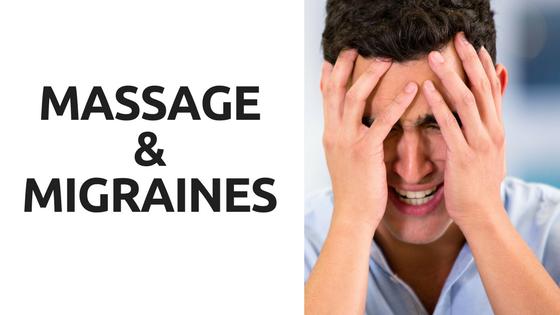


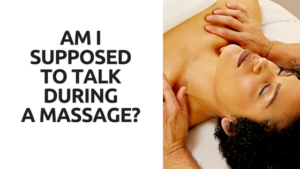
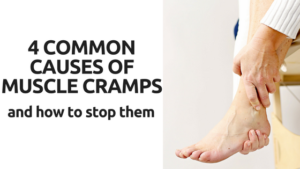
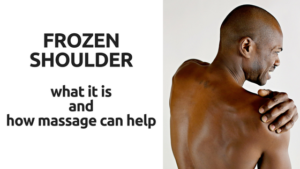

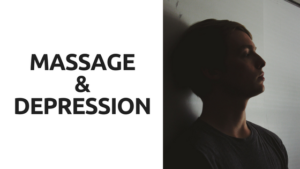



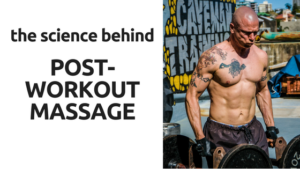

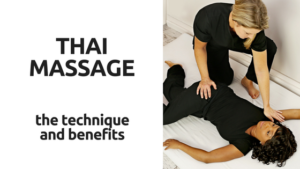
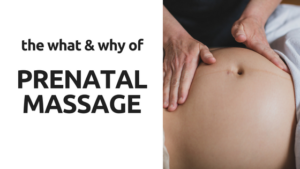

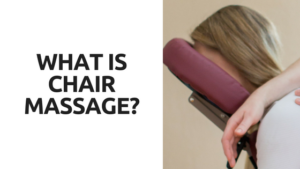
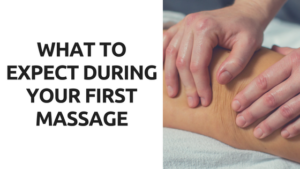

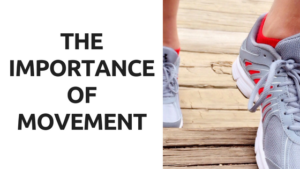
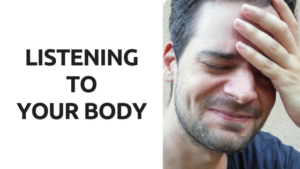

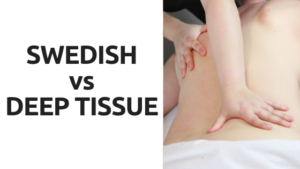


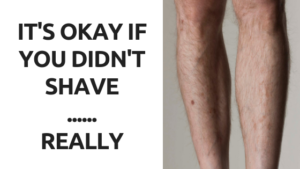
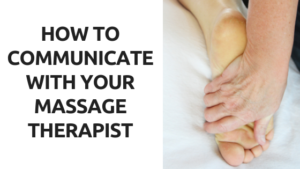










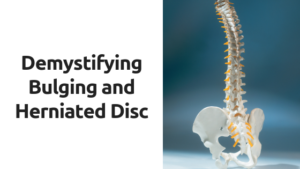














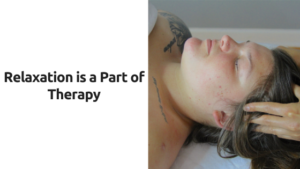

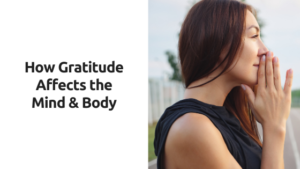

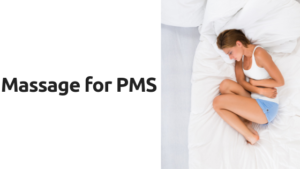



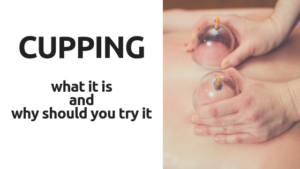

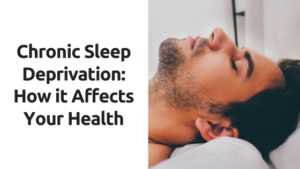
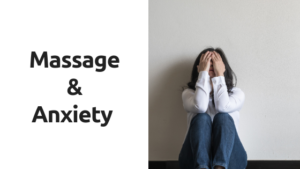

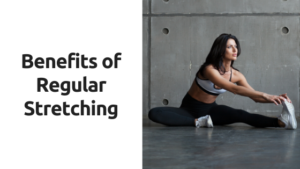
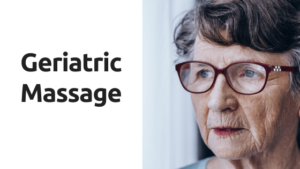
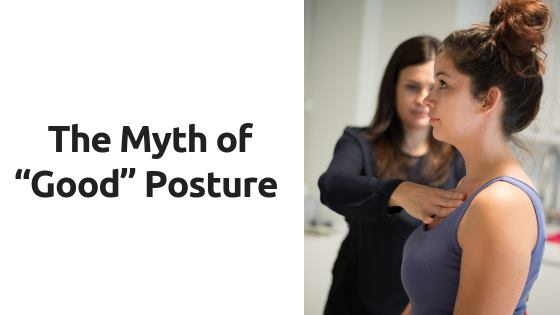 How many times have you been told in your life to stand up straight, drop your shoulders, or if you don’t stand up straight, you’ll pay for it later? From the time we’re small, we’re often told the “right” way to stand and sit. But what if I told you that everything you’ve heard about having good posture isn’t necessarily true?
How many times have you been told in your life to stand up straight, drop your shoulders, or if you don’t stand up straight, you’ll pay for it later? From the time we’re small, we’re often told the “right” way to stand and sit. But what if I told you that everything you’ve heard about having good posture isn’t necessarily true?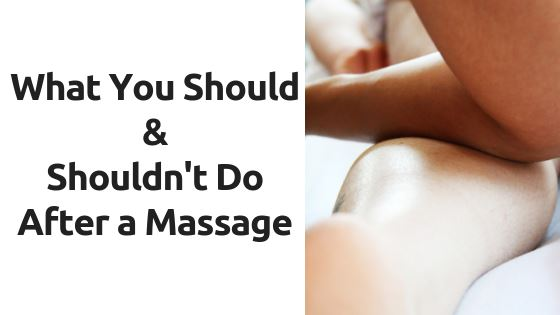 Whether you get regular massages to help with an injury, loosen your muscles after a training session, ease the pain of an injury or medical condition you’re experiencing, or just as pure relaxation, I want you to get the most out of your massage. There are ways to maximize the benefits of your massage, and there are ways that can have the opposite effect you’re going for. Here are a few dos and don’ts to help you get the most out of your massage.
Whether you get regular massages to help with an injury, loosen your muscles after a training session, ease the pain of an injury or medical condition you’re experiencing, or just as pure relaxation, I want you to get the most out of your massage. There are ways to maximize the benefits of your massage, and there are ways that can have the opposite effect you’re going for. Here are a few dos and don’ts to help you get the most out of your massage. There are 5 basic human senses: sight, hearing, smell, taste, and touch. Touch is the first sense we develop. It is also the most vital to our well-being. There are several sensations of touch we experience such as pressure, temperature, vibration, and pain. Just take a second to think. How often do you reach out to touch someone? How often does someone reach out to touch you? Did you know that you may be touch deprived? Touch deprivation is a real issue, with real symptoms, as well as real solutions.
There are 5 basic human senses: sight, hearing, smell, taste, and touch. Touch is the first sense we develop. It is also the most vital to our well-being. There are several sensations of touch we experience such as pressure, temperature, vibration, and pain. Just take a second to think. How often do you reach out to touch someone? How often does someone reach out to touch you? Did you know that you may be touch deprived? Touch deprivation is a real issue, with real symptoms, as well as real solutions.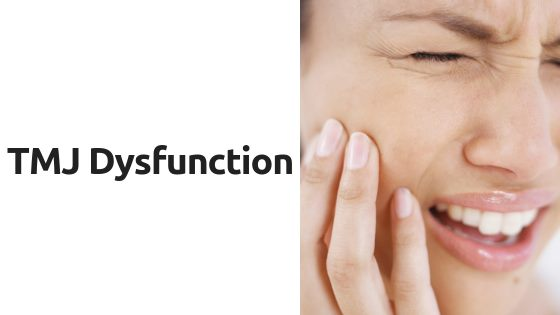
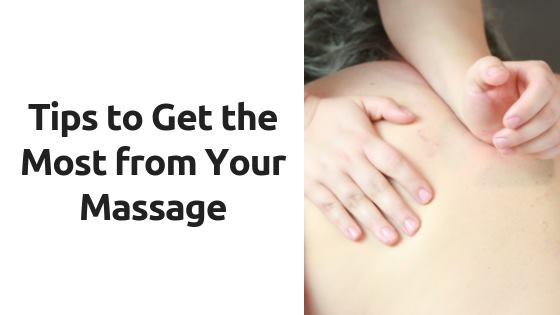 For many, massage therapy is considered a very important part of their health care; and as such, needs to be taken seriously. While a massage will surely feel amazing, there’s a few things you can do to make sure you’re getting the most benefit from those sessions.
For many, massage therapy is considered a very important part of their health care; and as such, needs to be taken seriously. While a massage will surely feel amazing, there’s a few things you can do to make sure you’re getting the most benefit from those sessions.